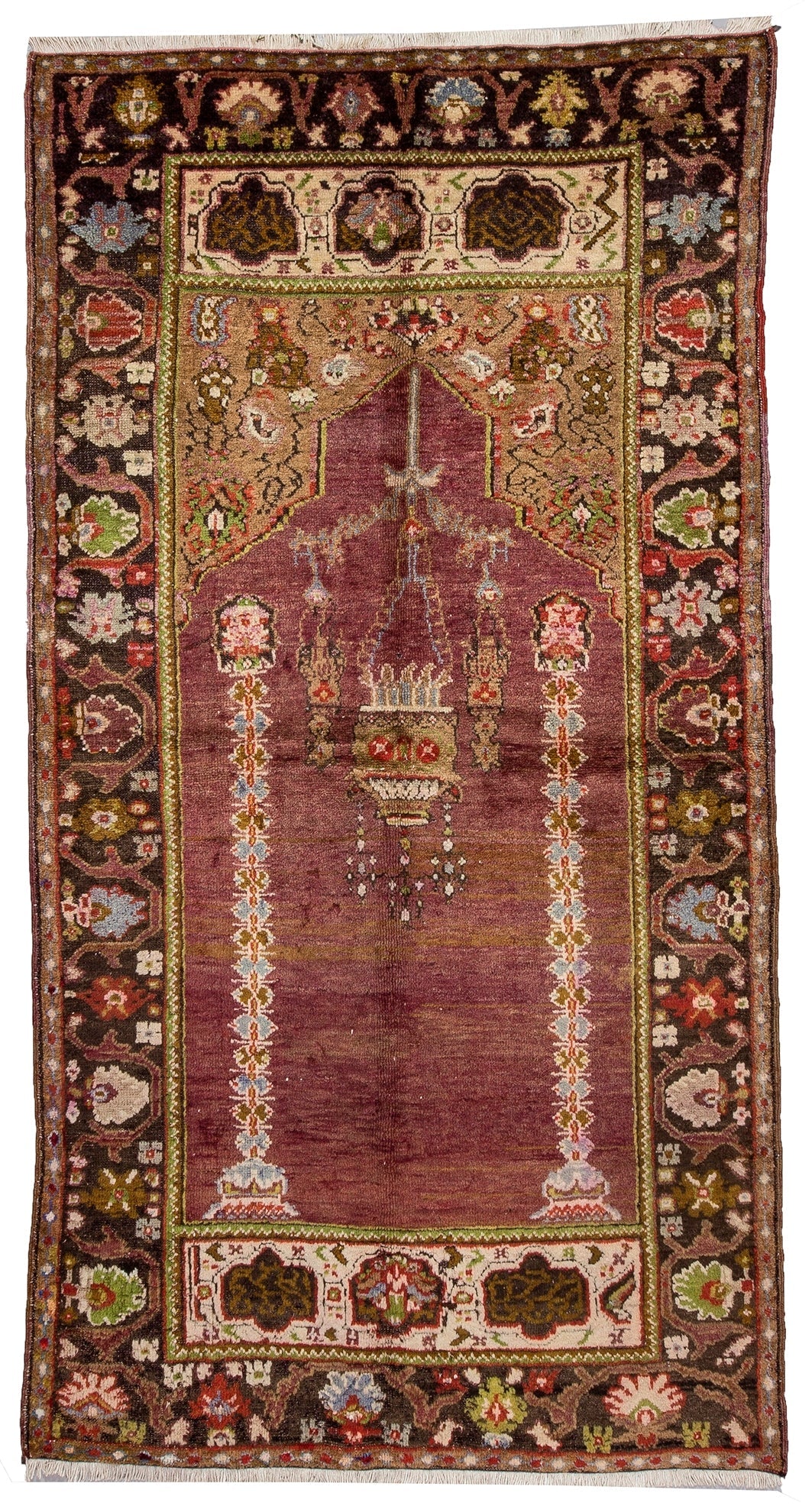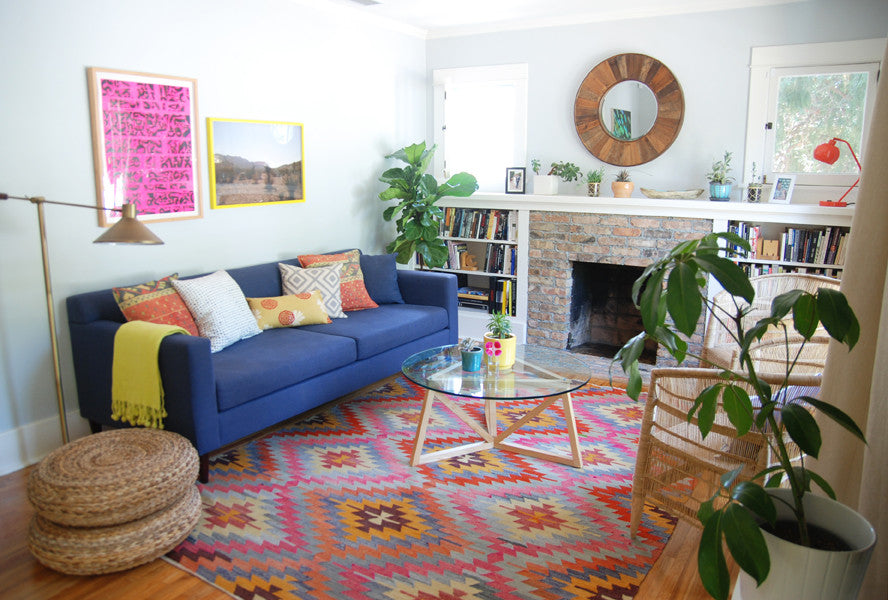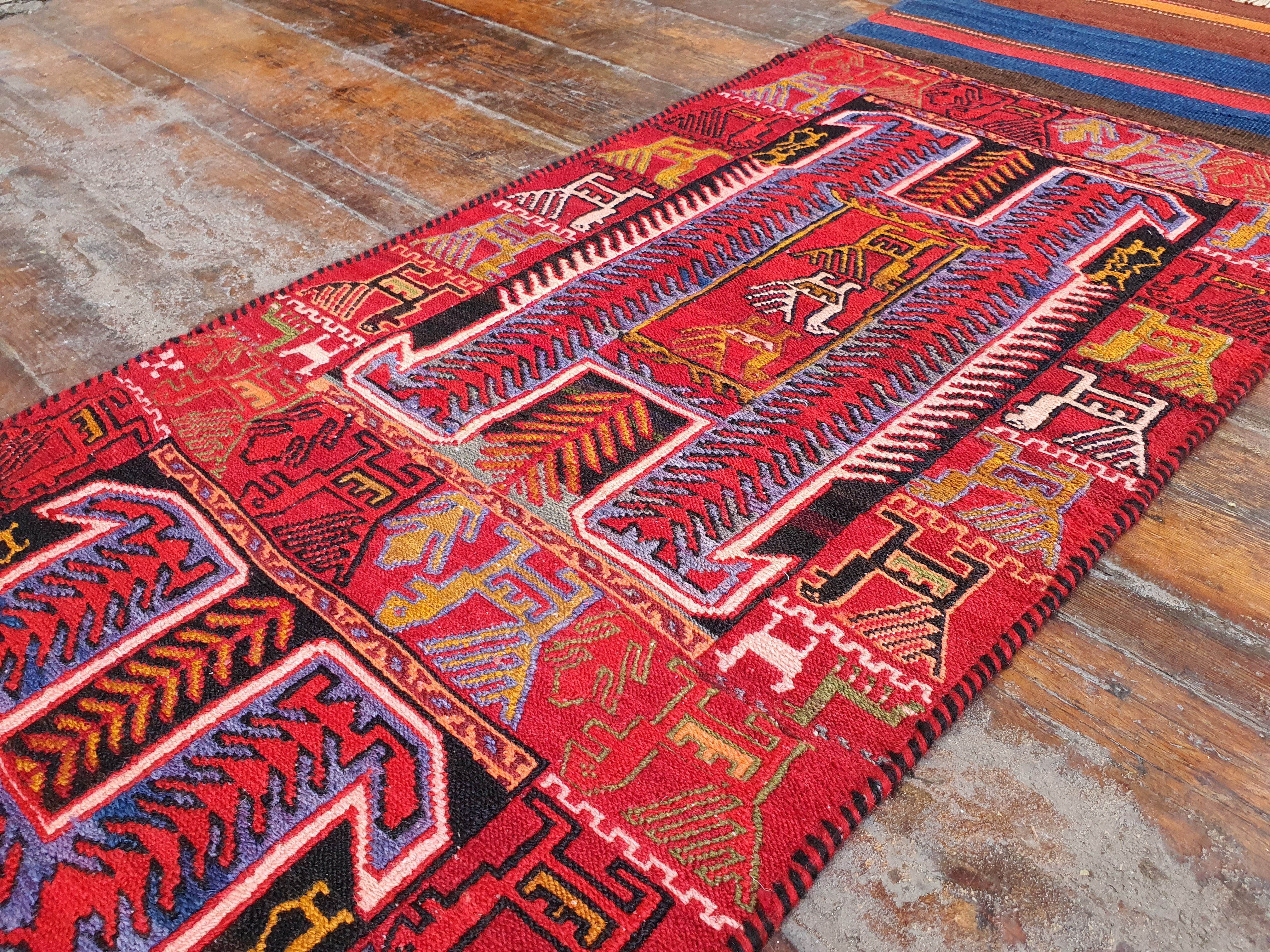
Turkish Rug Art
The motherland of rugs which occupy an important place in Turkey Art History, is Central Aisa. The technique of rug making appeared for the first time in The Turkish regions of Central Asia, and was developed and was developed and presented to the world by Turks.
The nomadic tribes of the Turkish regions formed the first weaving forms by making hides with thread obtained from the wool of animals in the first ages and after then the developing techniques changing and conditions of life led to the emergence of knotted carpets.
A carpet found in one of the tombs at Pazarık in the foothill of the Altay Mountains is very interesting. It is thought that this carpet was woven some time between the fifth and third centuries B.C. and survived until today because of the freezing of water in the tomb. The rug was made using the Turkish Knot ( Gordes) Technique. It most interesting to find such close and delicate knots in a rug from so long ago.
The work displays skilled weaving technique and historical character. It is been exhibited at the Hermitage Museum, Leningrad. Thus, It is quite clear that the roots of Turkish rug art are very deep.
The oldest pieces of rugs found after this were at East Turkestan. Turkestan is a region where felt was used. As a mother of fact, the Uygur wall paintings and miniatures are adorned with felts. Knotted rugs must have appeared in West Turkestan first and than exported to East Turkestan from there. This rugs found in small pieces, were produced at various periods between 3rd -6th centuries A.D. Some pieces woven during in this period have been found by Sir Marc Aurel Stain around Lep-ner in East Turkestan, and others dated 5th-6th centuries A.D. have been found by Von Le coq at Kızıl near Kucha. The knots of this works which are now kept in Berlin, Delhi and London Museums, are rough and the ends of the wool threads have been clipped in order to show the form. The design are based on lozenges, zigzag lines, hooks and stylized flowers and the colours are blue, brown, red dark green and yellow. After this rug art moved West with the spread of Turkish clans the West and the Seljuks, who determinate Iran by coming over Khorassan, carried the knotted rug technique to the near East, starting from the 11th century. Although it is known from the rug figures in the miniatures of that period that rug making developed among the Seljuks of Iran.



Leave a comment
This site is protected by hCaptcha and the hCaptcha Privacy Policy and Terms of Service apply.